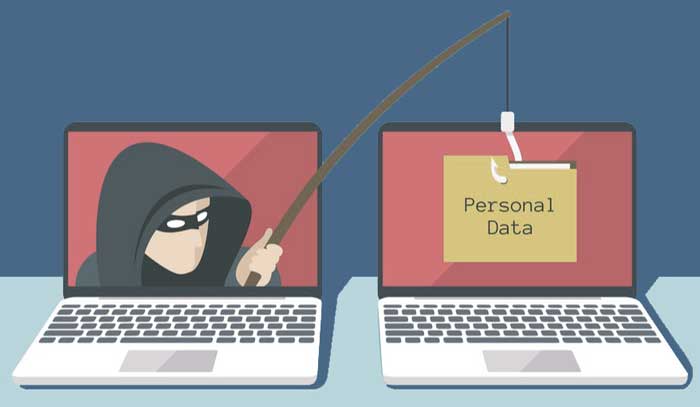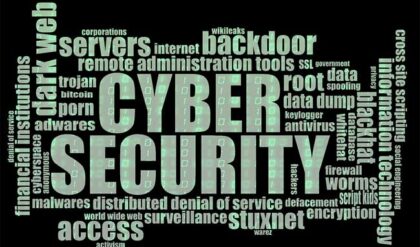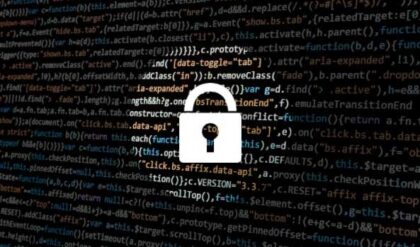Are you and your website safe from spyware?
WordPress is a big target for cybercriminals because about 35 percent of Internet sites are run on WordPress. If you’re one of these, it’s extremely important to learn how to protect your site from cyber attacks. By knowing the 8 most common types of spyware attacks, it’ll be easier to come up with a security plan to safeguard against these attacks.
1. Malware
Malware is malicious software that can infect a program or device without the user even knowing it. This can include Trojan horses, spyware, viruses, and ransomware. The software or file that’s secretly infected continues to introduce more malware to your website. It’s possible to trigger a download to your computer by clicking on an infected link or email attachment.
To avoid this type of cyberattack, it’s important that you install a security scanner that will let you know of problems on your site that were undetected. If your server does become compromised, you can simply restore your files that have been backed up through scheduled copies.
2. Drive-by downloads
A drive-by download is when an infected script is included in a PHP or HTTP so that malware can be disseminated. When a user goes to an infected site, the malware will be downloaded onto the device without their knowing. These are difficult threats to avoid because they’re caused accidentally, without human error, because a user is unaware that a site has been compromised.
To avoid this kind of threat, it’s important to have updated security systems installed, delete any software that’s not necessary, and install an ad blocker tool to your browser, like AdBlock.
3. Phishing
This sort of security attack has been around for the longest and is one of the most usual security attacks. Not only are they extremely common, but they’ve gone up by about 65 percent in the past year and are responsible for a staggering 90 percent of breaches in data. This is a tool that presents itself as an innocent source, usually in an email, tricking users into clicking a link or giving up sensitive information.
Phishing relies completely on human errors, so a good way to avoid this type of attack is by teaching users to vet their emails properly. It’s also just as important to avoid clicking on files or downloading files that don’t look right. Other common signs are emails that are addressed generally instead of specifically and have some spelling mistakes.

4. Brute-force attacks
These are attacks by hackers which use dictionary software to try different password combinations until one works. Then, they can do whatever malicious thing they want to your website. Instead, choose a strong password that combines letters, numbers, and symbols. You should also limit login attempts and set up a two-factor authentication.
5. SQL injections
Structured Query Language (SQL) injections happen when a cyberattacker will inject malicious code to a server to control the backend and retrieve private data like user lists, credit card numbers, and customer details. This can be particularly damaging to a business, especially when it comes to customer trust. To fight this, get a Web Application Firewall (WAF) which will serve as a protective barrier.
6. MITM attacks
Man-In-The-Middle (MITM) attacks are when cyber criminals place themselves between a server and a device to eavesdrop and intercept the data between two parties. This can happen on public networks like a public WiFi. Instead, use a secure WiFi connection and invest in a Virtual Private Network (VPN).
7. Denial-of-Service (DoS) attacks
These attacks are when an attacker will inundate a website with traffic using bots. This leads to the system crashing so real users can no longer access it. This attack type is getting more and more popular and is exploiting vulnerabilities in Distributed Denial-of-Service (DDoS) attacks.
8. Cross-Sit Scripting (XSS)
These types of attacks happen when the vulnerabilities in a website are exploited via malicious code injections into a user’s browser. The attacker can then access the user’s browser, account credentials, and all their private data. How you can protect yourself from these attacks is to add a Content Security Policy (CSP) header to functions.php files, and this will whitelist authorized sources. This is an important extra step to increase your site security.
Aimee Laurence, a tech journalist at Write My Essay and Management Essays Help, loves to share her insights and suggestions with her readers about technology advances, new apps and software, and cybersecurity developments. She also works on a freelance basis as an editor for the Pay For Essay portal.






